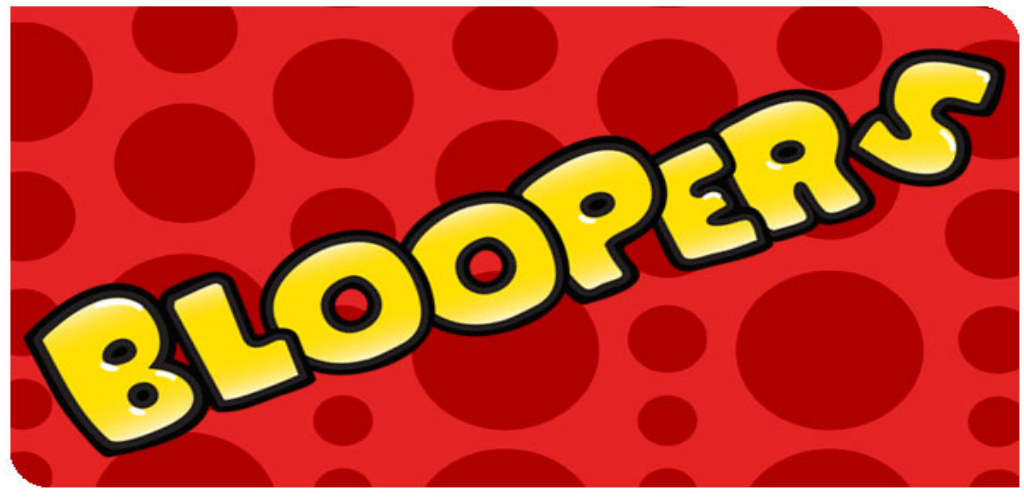You may think branding to be no great shake, but if you make a mistake in the early stages of your business, you could very well sabotage your business. Entrepreneurs need to know that a brand is more than a name and a logo. It is about using every opportunity to be distinctive and convince customers to choose you over the rest. It is not easy to brand and even big businesses habitually make mistakes that hurt badly. Learn what branding mistakes you need to avoid:
Branding Without a Strategy
Before thinking of a catchy brand name and designing a logo, you need to think hard about your business objectives, the needs of customers you are trying to meet, the profile of your customers, and the competitive landscape. According to Forbes, you must identify your company’s values and objectives before commencing the brand development exercise. You must never allow brand aesthetics to waylay brand strategy. You can work on the rest of the elements to develop a viable brand once you decide on the strategy.
Employing Cheap Logo Designers
You may be rightly concerned about your budget but using a cheap logo designer or an online logo design service is likely not to yield a high-quality brand name or logo that can pave the way to success for your business. The brand name and the logo are the culmination of the thought process that precedes them, and if you omit the process, all you have is a visual that may mean nothing to the audience or your business. It may be better to introspect and use a startup name generator for brand name suggestions.
Not Differentiating the Brand
Because your target audience sees thousands of marketing messages daily, your brand must be good-looking and distinctive to make your business stand out and enjoy high memorability. Standing out from the competition means you can communicate the value you represent and provide the reasons for customers prefer you over the rest. You can find out how to make your brand distinctive by researching what the competition is doing, defining yourself and your customers, and finding out how to connect with them.
Not Addressing the Right Audience
A brand makes sense to a business only when it connects it to the right audience. You may think of a brand name you like, but it is no use if your customers and other stakeholders do not appreciate it and find it meaningful and compelling. To get the branding right, you must know your target audience intimately. Knowing every aspect of your customer profile will help you to be relevant to them and customize your offerings to their needs.
Conclusion
For branding to have the desired effect, you must use it consistently. Brand properties like the stylization, color palette, layout, etc., are sacrosanct, and you should not keep making changes as per convenience. The ideal way to be consistent and not confuse your target audience is to develop a style guide that specifies how you can use the brand visually to be consistent and win customer trust.

